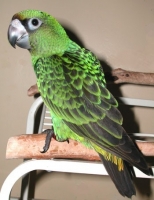 贾丁氏鹦鹉 贾丁氏鹦鹉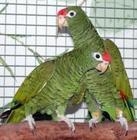 贾丁氏鹦鹉 贾丁氏鹦鹉![01.07] 賈丁氏鸚鵡@ 鸚鵡種類介紹 [01.07] 賈丁氏鸚鵡@ 鸚鵡種類
Click to view picture details](http://oson.ca/upload/images11/cache/f5e132d8ce62aedf7cde9d902eb78642.jpg) 贾丁氏鹦鹉 贾丁氏鹦鹉![01.07] 賈丁氏鸚鵡@ 鸚鵡種類介紹 [01.07] 賈丁氏鸚鵡@ 鸚鵡種類
Click to view picture details](http://oson.ca/upload/images11/cache/3b0d9706d5f281cb2428f9756f56024d.jpg) 贾丁氏鹦鹉 贾丁氏鹦鹉![01.07] 賈丁氏鸚鵡@ 鸚鵡種類介紹 [01.07] 賈丁氏鸚鵡@ 鸚鵡種類
Click to view picture details](http://oson.ca/upload/images11/cache/e93476725f3de5218f7914efd6a04ed0.jpg) 贾丁氏鹦鹉 贾丁氏鹦鹉![07.20] 請教有關賈丁仕的問題 橘冠小賈丁氏( Poicephalus
Click to view picture details](http://oson.ca/upload/images11/cache/92551dd68ddccc7b30f156672fdad832.jpg) 贾丁氏鹦鹉 贾丁氏鹦鹉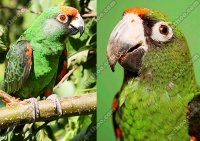 贾丁氏鹦鹉 贾丁氏鹦鹉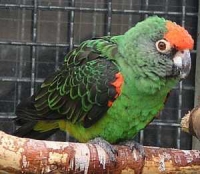 贾丁氏鹦鹉 贾丁氏鹦鹉![01.07] 賈丁氏鸚鵡 01.07] 賈丁氏鸚鵡
Click to view picture details](http://oson.ca/upload/images11/cache/6e9b07c0cd7677bccadc8515aaa00f72.jpg) 贾丁氏鹦鹉 贾丁氏鹦鹉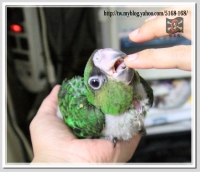 贾丁氏鹦鹉 贾丁氏鹦鹉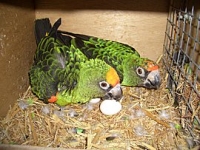 贾丁氏鹦鹉 贾丁氏鹦鹉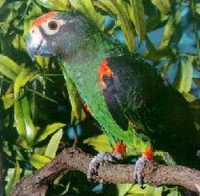 贾丁氏鹦鹉 贾丁氏鹦鹉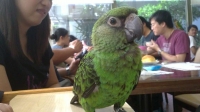 贾丁氏鹦鹉 贾丁氏鹦鹉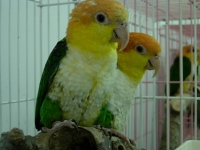 贾丁氏鹦鹉 贾丁氏鹦鹉
】 【Known
【】 Poicephalus gulielmi Latin name
【English name】 jardine parrot
Section is classified】 【Aves (aves), parrot-shaped head, parrot families, the African parrot family
【Overview】 overall
Jiading Shi parrot parrot in the body is second only to Cape of Good Hope poicephalus the second largest type of parrot, the domestic import of artificial breeding birds are not common, a total of 3 subspecies:
1. Big Jiading Shi parrot (poicephalus gulielmi massaicus).
2. Small Jiading Shi or orange cockatoo (poicephalus gulielmi fantiensis).
3. Jiading Shi black-winged parrot (poicephalus gulielmi).
Which small Jiading Shi (orange crown) are relatively rare parrots in the market price is relatively high, which is characterized by the head was orange and not red; Jiading Shi parrot appeared to Amazon parrots, hand-raising Birds can be a very good pet birds, and relatively quiet, in the same parrot in the words of a better ability to learn and less likely to be trusted only one person close to the parrots, Amazon parrots do not like the changes in the breeding season The very aggressive and offensive.
Length: about 28cm (11 inches)
The body is green parrot birds, forehead, head bent part of the wings, thighs are orange, orange head, the distribution of birds vary because some birds will be an extension of a large area, some birds are not orange; birds between the beak and eyes black, with black side of the head; back and wings brown-black feathers, each feather were thin with green piping are, back behind the yellow-green; abdomen, sometimes with some blue; wings inner coverts black, and green trim with a wide tail is dark brown; the background is white beak, and under other parts of the beak with a black beak; iris dark gray. Female birds are brighter in color, the iris brown side.
Many ethnic groups live in the protected areas, including Cameroon and Ghana National Park, Ke Lu National Park, Zambia, Kenya and Tanzania in Jiading Shi main habitat of the parrot in the 1800-3250m altitude mountain forests, the remaining population many live in the lowland rainforest, the habitat and foraging usually in the top of the tree, outside the breeding season, with activities in more than 10 or so, food is sufficient, or in the aggregate amount of habitat trees were more likely when, for every ethnic group in Kenya will be flying at 60km long-distance foraging for food, a variety of foods parrots Jiading Shi seeds, fruits, flowers, insects, olive bar, palm nuts, etc., will be class with local non-parrot birds cluster.
Nest in the ground 3-12m high tree holes in clutch size 2-4 eggs; they, like most African parrot is a quiet type, just easily disturbed when feeding with the shy, slow adaptation, after adapting to the environment is very robust and lively, bite force of a strong, if provided too small a cage stress and boredom may have pulled the behavior of birds, sex is subject to professional appraisal, a bird's head into a larger public than the level , iris deep orange to rust red a little, the mother into the iris is dark brown birds, a little orange ribbon.
Distribution:
Geographical Distribution】 【
Dispersed distribution of concentration, mainly in parts of central Africa and West Africa, in West Africa, including Liberia, Ivory Coast and Ghana east to the south, central and western Africa from southern Cameroon to the north-western Angola, northern Zaire, Central African Nations southwest and east to Uganda, Rwanda, Kenya, northern Tanzania also has its ethnic groups.
Reproduction】 【
Generally Jiading Shi parrot about 5 years old began to have signs of breeding there, but there may be a long time 3,4-year-old to breed, no specific breeding season, throughout the year are likely to breed, turning frequently to avoid the reproductive period nest boxes, sometimes occurs egg without fertilization or kill the birds nestling in the case, you can use 30 x 30 x 60 cm size of the nest boxes, litter production of about 2-3 pieces, and sometimes 3-4 stars, incubation period of about to be 25-27 days, while the male incubates the eggs may be involved in the work of about 10 weeks after the chicks feather Mao Changcheng, about weaning at 13 weeks, but Yu Mao Changcheng and weaning may be a longer time required. |